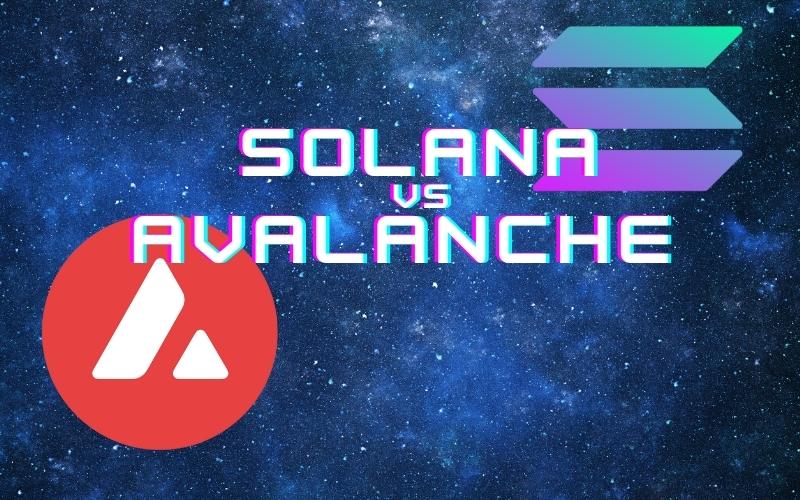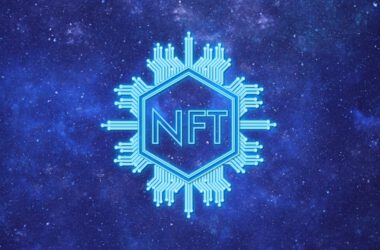- Solana leads in speed and cheap transactions.
- Avalanche carries more active P2E games.
- Both networks started off with DeFi and expanded to gaming apps.
Avalanche and Solana have some things in common: both the AVAX and SOL token became highly active in 2022. Both networks compete to lock in value for decentralized trading, DeFi, the creation of dollar-priced tokens or NFT and play to earn projects.
However, the two networks also pose a choice on where players need to point their resources to make the best of the play to earn space. Both Avalanche and Solana are still building up their list of games. The networks have enough speed to carry the P2E model and NFTs. However, Solana and Avalanche are late arrivals to blockchain gaming, with most of the popular games built on Ethereum, Binance Smart Chain, or Polygon.
Avalanche Vs. Solana Use Cases
Avalanche aims to build a high-speed network for multiple smart contracts and distributed apps. The Avalanche network has several blockchains for different tasks. But the most important one is the C-Chain, which is compatible with MetaMask and is used for NFT items and P2E gaming. Avalanche is also compatible with Solidity smart contracts and the Ethereum virtual machine, making it the go-to network for Ethereum projects that want to clone their smart contracts.
Solana has only one blockchain with a focus on speed and user-friendliness. The other chief feature is a much lower transaction price of $0.01 which will be preserved in perpetuity. Avalanche, on the other hand, may have occasional high fees on some of its networks and for specific actions. Solana is a totally separate network with its own specific community.
Both blockchains offer much lower fees in comparison to Ethereum, though Solana’s fees are more consistently low.
Avalanche Vs. Solana: AVAX and SOL
Both blockchains issue their native tokens to pay fees and use within the ecosystem. The supply of AVAX is slightly higher at above 395M tokens, while SOL has around 311M tokens. The limited supply and the staking mechanisms for both tokens translate into peak prices between $100 and $200 as of 2022, with expectations of higher valuations in the event of a bull market.
AVAX is more usable on the C-Chain, and users must take care to recognize the limitation and buy the right token.
Both SOL and AVAX are highly liquid and represented in most trading tools, with multiple fiat buying opportunities. The chief use case, beyond fees, is to buy NFT items or stake the tokens for passive rewards.
Avalanche Vs. Solana: Top P2E Games
Avalanche has a limited list of games, though it hosts Crabada, one of the leading casual games with NFT collectibles. Other Avalanche-based games are yet to take off in terms of player count. Those include Pizza Game, Avaxtars, TaleCraft, CryptoBlades, Yield Hunt and Avax Wolf Game.
Solana hosts Solana Jump, and still has a limited list of P2E headlines. One of the reasons is the specific Solana network with different NFT requirements. At the same time, Solana hosts multiple NFT collections, potentially carrying any games that are built as part of the utility of those items.
Avalanche Vs. Solana: Which One to Choose
So far, Avalanche has some advantage in hosting active P2E games. Solana, however, is also a growing ecosystem. Both networks work in very similar ways, so choosing between Avalanche and Solana is a matter of picking one of the existing games.
The past performance of AVAX and SOL is no guarantee for future price moves.










